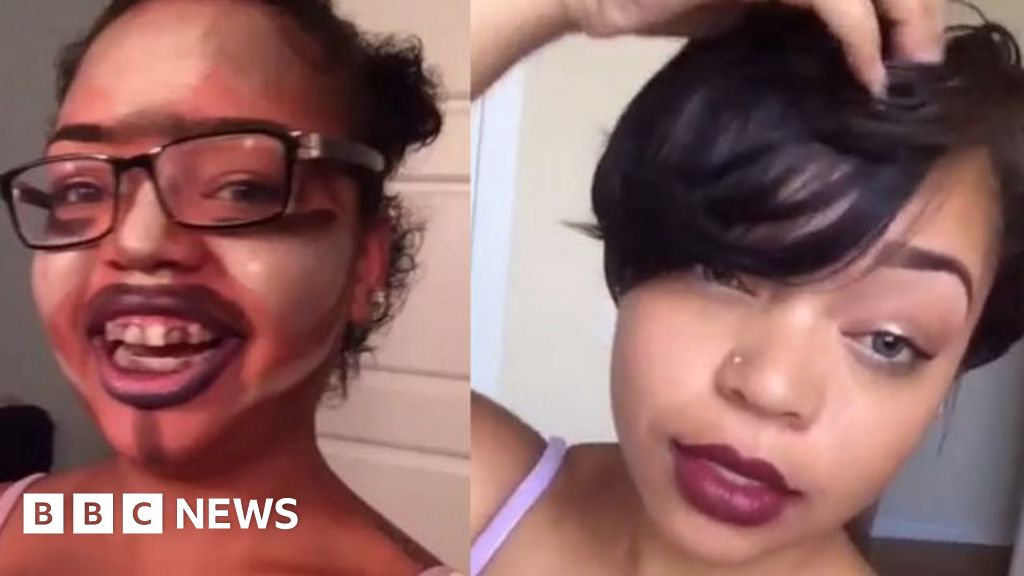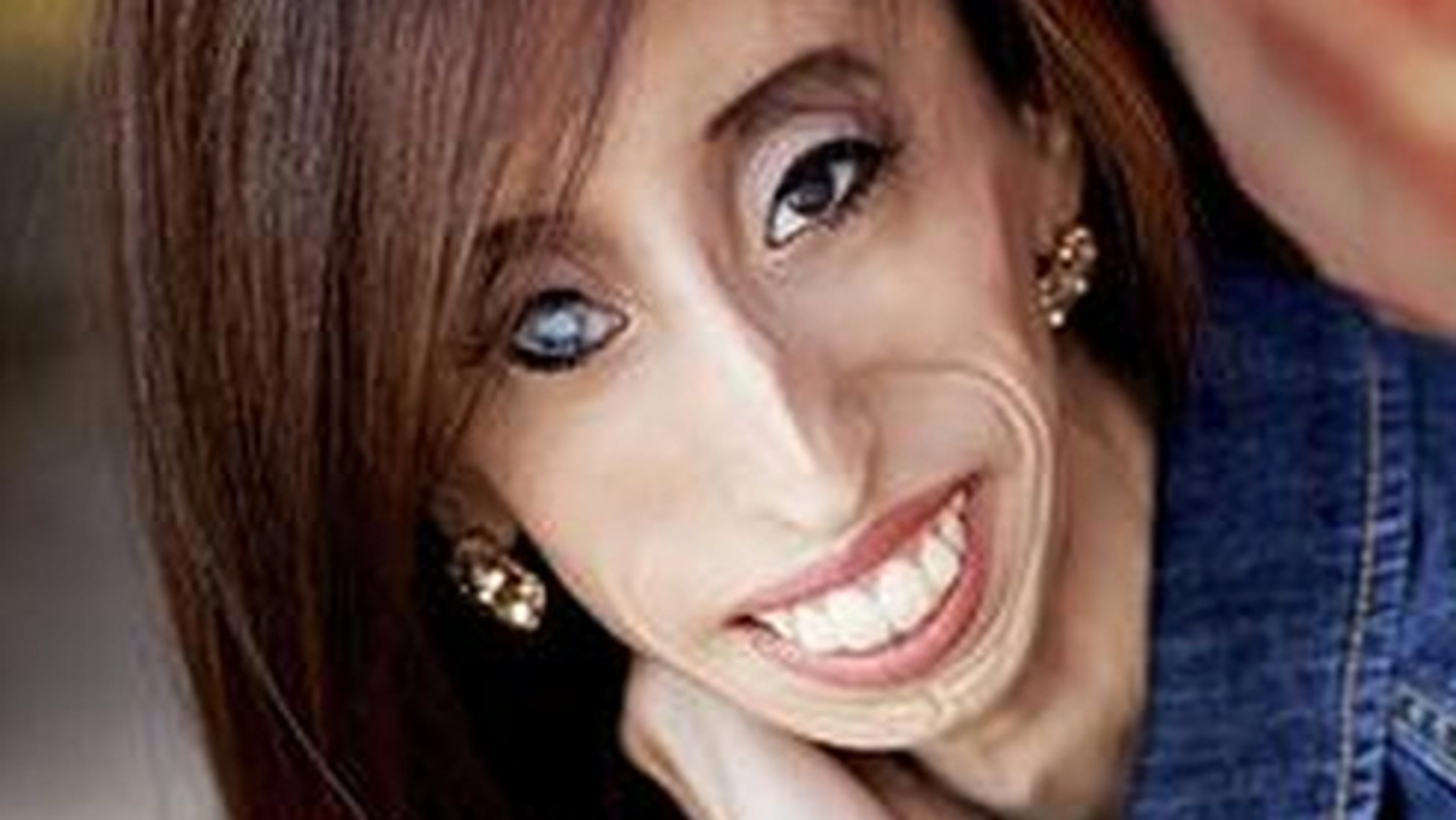Let’s be real, the phrase “most ugly people” might sound harsh, but it’s a topic that sparks curiosity and debate. It’s not just about looks; it’s about societal standards, perceptions, and the impact of media. We’re diving deep into this sensitive issue, shedding light on why these discussions matter and how they affect real lives. So, buckle up, because we’re about to unpack some heavy stuff.
Now, before we dive headfirst into this conversation, let’s get one thing straight: beauty is subjective. What one person finds unattractive, another might adore. But the term “most ugly people” has been floating around for years, often misused or misunderstood. It’s time to dissect the meaning behind it and explore its implications.
This article isn’t here to offend anyone. Instead, it aims to educate, challenge stereotypes, and promote empathy. Whether you’re a skeptic or just curious, stick around because we’ve got some eye-opening insights for you. And hey, maybe by the end, you’ll see things from a different perspective.
Read also:Is Jonathan Cheban Gay Unpacking The Truth Behind The Rumors
Defining the Concept of "Most Ugly People"
So, what exactly does “most ugly people” mean? At its core, it’s a label society sometimes attaches to individuals who don’t fit conventional beauty standards. But here’s the kicker—these standards are arbitrary and change with time. Think about it: what was considered beautiful in the 1920s is completely different from today’s trends.
Let’s break it down further:
- Beauty standards are shaped by culture, media, and history.
- Perceptions of attractiveness vary across regions and communities.
- The term “most ugly people” is often used as a blanket statement, ignoring individuality.
It’s crucial to understand that labeling someone as “ugly” can have serious consequences. It affects self-esteem, mental health, and even career opportunities. This is why discussing this topic with sensitivity and nuance is so important.
The Psychology Behind Perceived Ugliness
Here’s where things get interesting. Why do some people perceive others as “ugly”? It’s not just about physical appearance; it’s about psychology. Studies show that our brains are wired to favor symmetry and proportion, which is why we often associate those traits with beauty.
But wait, there’s more:
- First impressions matter, but they’re not always accurate.
- Our biases play a huge role in how we judge others.
- Media representation reinforces certain beauty ideals, making others seem less appealing.
Understanding the psychology behind perceived ugliness helps us challenge our own biases. It’s about recognizing that everyone has value, regardless of how they look.
Read also:Who Is Essence Atkins Mother The Untold Story Behind The Woman Who Shaped Essences Life
Impact on Mental Health and Self-Esteem
Let’s talk about the real-world effects of being labeled “ugly.” It’s no secret that words can hurt, and this label can leave deep emotional scars. People who are perceived as “most ugly” often face discrimination, bullying, and social isolation.
Here are some key points:
- Low self-esteem can lead to anxiety and depression.
- Body shaming and appearance-based criticism are major contributors to mental health issues.
- Building resilience is essential, but it’s not always easy.
It’s vital to create a supportive environment where everyone feels accepted and valued. This starts with changing the narrative around beauty and embracing diversity in all forms.
Biases in Media and Pop Culture
Media plays a massive role in shaping our perceptions of beauty. From movies to magazines, we’re constantly bombarded with images of “perfect” people. But here’s the thing: these images are often edited, airbrushed, or unrealistic.
Some stats to consider:
- Over 80% of images in magazines are digitally altered.
- Celebrities are often criticized for not living up to their own edited appearances.
- Representation of diverse body types and features is still lacking in mainstream media.
By challenging these biases and demanding better representation, we can create a more inclusive world. It’s about celebrating individuality and rejecting narrow beauty standards.
The Role of Social Media
Social media has changed the game when it comes to beauty standards. Platforms like Instagram, TikTok, and Twitter are full of influencers promoting certain looks. But here’s the catch: what you see online isn’t always real.
Let’s break it down:
- Filters and editing tools can drastically alter someone’s appearance.
- Comparison culture is rampant, leading to feelings of inadequacy.
- Positive movements like #BodyPositivity and #SelfLove are gaining traction.
While social media can be toxic, it’s also a powerful tool for change. By supporting authentic voices and diverse representations, we can shift the conversation in a positive direction.
Challenging Beauty Standards
It’s time to rethink what beauty means. Instead of focusing on physical attributes, let’s celebrate inner qualities like kindness, intelligence, and creativity. This shift in perspective can lead to a more compassionate society.
Here’s how you can challenge beauty standards:
- Support brands and creators who promote diversity and inclusivity.
- Speak out against body shaming and negative stereotypes.
- Practice self-acceptance and encourage others to do the same.
Change starts with small actions, and every voice matters in this movement.
Historical Perspectives on Beauty
Beauty standards have evolved throughout history, influenced by cultural, economic, and social factors. In ancient Greece, for example, symmetry and proportion were highly valued. Fast forward to the 20th century, and Hollywood became the ultimate arbiter of beauty.
Some interesting facts:
- During the Renaissance, pale skin was considered beautiful because it signified wealth and leisure.
- In the 1960s, the “mod” look with bold makeup and short hair became popular.
- Today, natural beauty and minimal makeup are often celebrated.
Studying historical perspectives helps us understand how arbitrary beauty standards truly are. It’s a reminder that what’s considered beautiful today might be completely different tomorrow.
Scientific Insights on Attractiveness
Science has a lot to say about attractiveness. Researchers have found that factors like facial symmetry, skin health, and even voice tone can influence how we perceive beauty. But here’s the thing: science doesn’t have all the answers.
Key findings include:
- Studies suggest that people with symmetrical faces are often seen as more attractive.
- Health markers like clear skin and bright eyes play a role in perceived beauty.
- Personality traits like confidence and kindness also contribute to attractiveness.
While science provides valuable insights, it’s important to remember that beauty is more than just physical traits. It’s about the whole package.
Real Stories: Overcoming the Label
Let’s hear from real people who have faced the label of “most ugly” and come out stronger. Their stories are inspiring and remind us of the power of resilience.
One such story is that of Jane Doe (name changed for privacy), who struggled with body image issues for years. Through therapy and self-reflection, she learned to love herself unconditionally. “It’s not about what others think,” she says. “It’s about how you see yourself.”
Here’s what you can learn from these stories:
- Acceptance is a journey, not a destination.
- Support systems like friends, family, and therapists can make a huge difference.
- Sharing your story can help others who are going through similar struggles.
These real-life examples show that overcoming negative labels is possible with the right mindset and support.
Building a Kinder World
The bottom line is this: we need to create a kinder, more inclusive world. It starts with challenging harmful labels like “most ugly people” and promoting empathy and understanding.
Here’s how you can contribute:
- Practice active listening when someone shares their experiences.
- Call out discrimination and bias when you see it.
- Support initiatives that promote diversity and inclusivity.
Every action, no matter how small, makes a difference. Together, we can build a world where everyone feels valued and respected.
Conclusion: Let’s Redefine Beauty
As we wrap up this discussion, it’s clear that the term “most ugly people” is more than just a label. It’s a reflection of societal attitudes, biases, and perceptions. By challenging these norms and promoting inclusivity, we can create a more compassionate world.
Here’s a quick recap:
- Beauty standards are arbitrary and constantly changing.
- Labels like “most ugly” can have serious emotional and psychological effects.
- Challenging biases and promoting diversity is essential for progress.
So, what’s next? It’s up to you to take action. Share this article, start conversations, and support movements that celebrate individuality. Together, we can redefine beauty and make the world a better place for everyone.
Table of Contents
- Defining the Concept of "Most Ugly People"
- The Psychology Behind Perceived Ugliness
- Impact on Mental Health and Self-Esteem
- Biases in Media and Pop Culture
- The Role of Social Media
- Challenging Beauty Standards
- Historical Perspectives on Beauty
- Scientific Insights on Attractiveness
- Real Stories: Overcoming the Label
- Building a Kinder World


